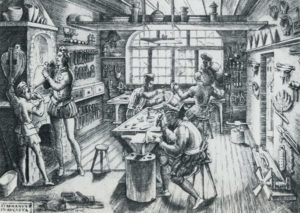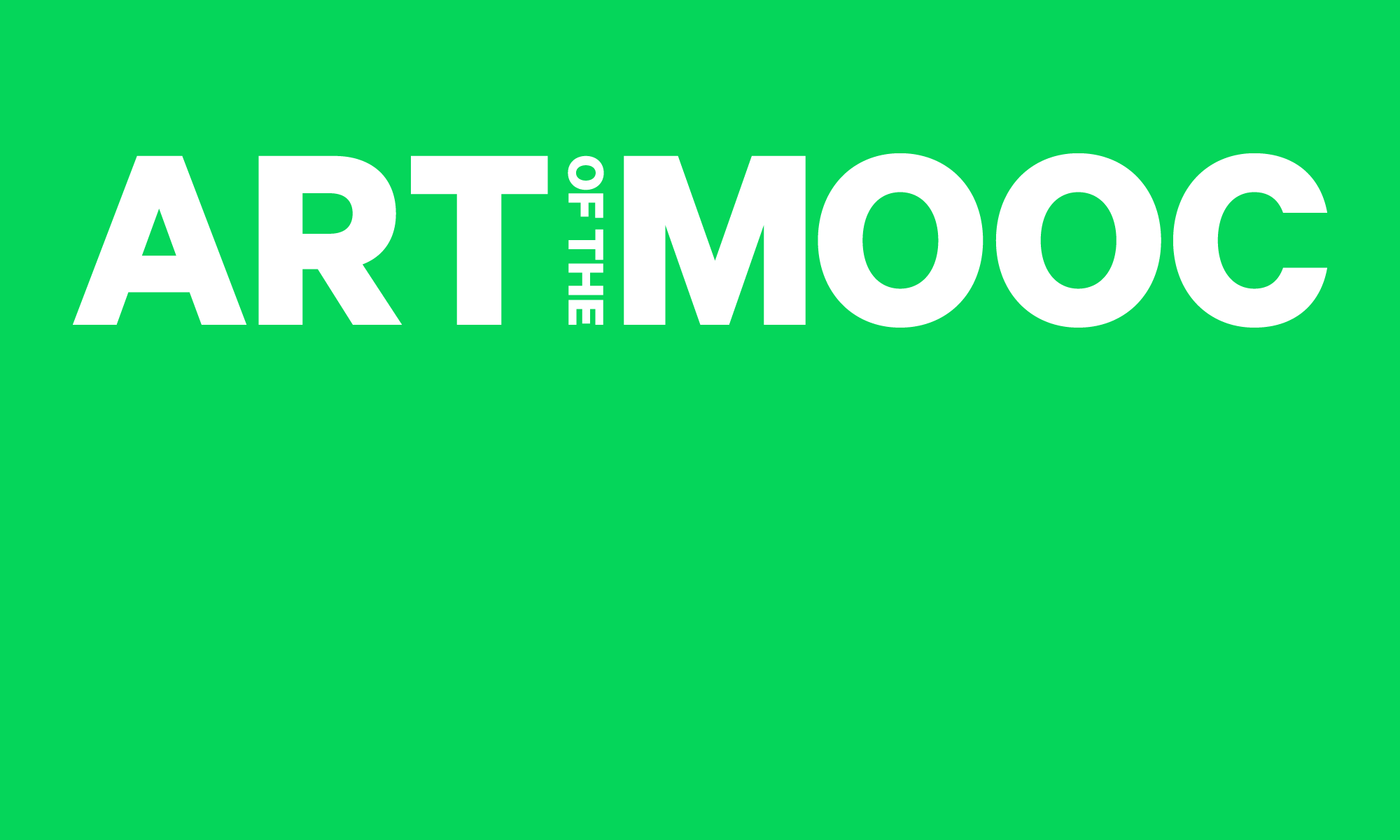This week’s MOOC introduced the idea of social movements and expressions being placed in the same category as an artistic movement. Just as a painting or sculpture requires a planned out idea with detail many of the boycotts and social justice lobbying reforms required preparation. The boycott represented this idea of refusal of a certain rule or law currently in place and represented stagnation until change occurred. Events like the Montgomery bus boycott sparked marches, protests and other social movements that would hopefully provoke change. The art behind refusing to serve in war, or work for a company with unruly policies is found in the decision behind the action. The artist or laborer in this case is going against the norms and in most cases is denied and not accepted. The girl in the elevator was questioned and judged very quickly. In this refusal of a norm being broken or in the same way radical artists “surprised” so many people with street performances or through graffiti, artists in history have been judged similarly. The artist’s image hundreds of years ago were not even accepted in the social structure. Music and poetry were loved by so many, but sculptures and paintings did not please the public. Very few people found value in the images being painted and did not understand the meaning/emotion being put into artistic creations. Because of this many artists could not make money and were part of the lower class, often excluded and seen as outcasts. However rather than pursuing a new career, these artists “refused” the norms of normal labor (shoemaker, baker, butcher etc.) and continued down their path. As artists continued creating art, many academies and guilds formed so artists could come together as a community. These artists shared interests and appreciation of art, while everyone outside of these groups looked down upon art. These artists relate to social movements in their bohemian/avant-garde style art that breaks the norm. Artists of the 14th and 15th century looked to break the power structures and eventually succeeded in doing so. Art was valued and appreciated by patrons in museums. Today art is still greatly appreciated but “ social justice decisions” must continue to be made in order to have art justly include and express everyone and everything. The Guerrilla Girls served as a prime example of how art can be continued to be refused in this way until improved. Women noticed that much of art that expressed women of the time period often involved nudity. Museums rarely displayed art showing women working, but mostly modeling in the nude. Protests and propaganda was released and today the art describing women has changed. Refusal has the image of disrespect or a lack of cooperation, but many times can allow for productive improvement. 
Drawing of an art guild, a community of artists working together on paintings, sculptures using models. Artists appreciated each other and banded together to continue creating art.

